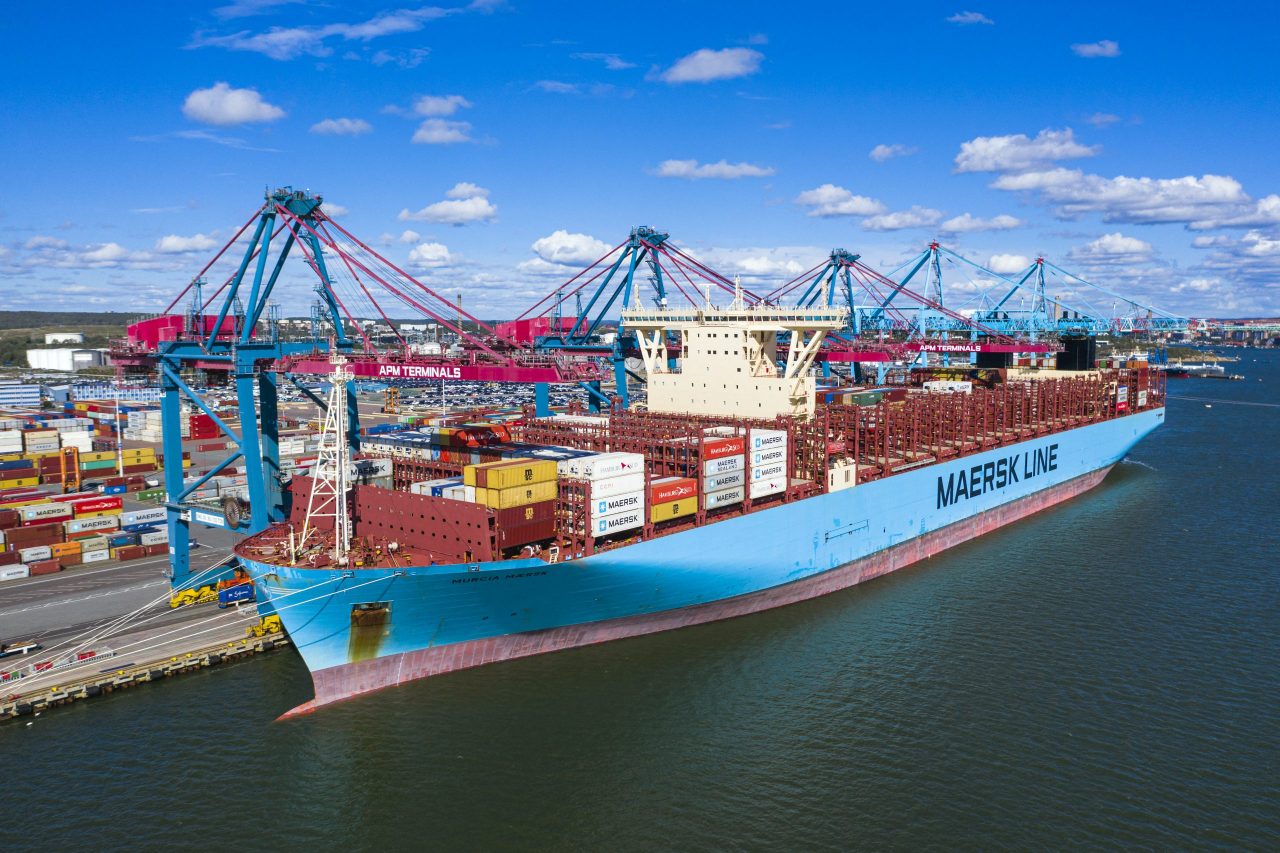THE European port of Antwerp has started offering training for 30 port professionals in India at a specially equipped training hub in Mumbai.
Temporary facilities are currently being used until the new centre is ready, a statement from port authorities said.
The series of lectures is being organised by APEC, the international port training and education centre. Since it was first set up 37 years ago APEC (Antwerp Flanders Port Training Centre), has trained 14,000 port professionals from 150 countries.
The courses cover subjects such as port management, infrastructure development & maintenance, safety and ISPS-related matters.
The Jawaharal Nehru Port Trust (JNPT), the largest container port in India, will initially be the main customer for the APEC training programme. The Indian port has set itself a target of handling 10 million TEU by as early as next year.
Said JNPT chairman NN Kumar: “APEC is able to demonstrate relevant experience in training port professionals. Furthermore, Antwerp is an important trading partner of India. Thanks to this offer we will be able to further expand the collaboration between our two ports.”
The training centre will ultimately be located at JNPT port, although professionals from other Indian ports are allowed to attend the courses. In addition, courses will be held in Antwerp later on.
Meanwhile, TRENDS, key developments and challenges in the port and terminal operation sector were discussed by 100 industry executives attending the Port Equipment Manufacturers Association’s (PEMA) annual general meeting in Amsterdam recently.
“With our growing membership, and diverse range of activities, PEMA is well positioned to ensure that the port equipment and technology sectors have a clear, unified voice in the industry,” said PEMA president Ottonel Popesco.
Key announcements at the AGM included that the PEMA Autumn members meeting would be held in Shanghai from October 27 to 29; Michael Dempsey of WAM Technologies was re-elected to the PEMA board; and Maurizio Bragagni, Tratos, was elected to the PEMA board for a three-year term.
The formation of a fourth PEM A committee, to focus on equipment, design and infrastructure issues, was also proposed.
The meeting also discussed the highlights of last year, including PEMA publishing its seventh survey on mobile port handling equipment, its third ship-to-shore container crane survey, as well as its third survey on yard container cranes.
The association also continued to reinforce its work on safety, the environment and technological developments through a growing range of activities such as information papers, recommendations on standards and best practice, live educational work and networking events.
The International Maritime Organization (IMO) had recently issued the updated and revised Rescue at Sea guide intended for the rescue of refugees and migrants.
The guide was prepared jointly by IMO, the International Chamber of Shipping (ICS), and the Office of the United Nations High Commissioner for Refugees (UNHCR).
According to IMO, the document provides guidance on relevant legal provisions, on practical procedures to ensure the prompt disembarkation of rescued persons, and on measures to meet their specific needs, particularly in the case of refugees and asylum-seekers.
Available data indicates that 2014 has been a record high year for illegal migration at sea, with migrants putting lives at risk and placing a huge strain on rescue services and on merchant vessels.
IMO had in 2014,“pursued actively” its targets and objectives in a wide range of subject areas including rescue at sea.
The global body explained that safety remained a high priority during 2014, pointing out that IMO adopted the safety provisions of the Polar Code and SOLAS amendments to make it mandatory.
“Also adopted were important measures addressing container safety and enclosed space entry drills. Several amendments entered into force during the year. Domestic ferry safety was also a topic of concern.
“2014 proved a busy and productive year for IMO on the environmental front. Among the highlights were the adoption of the environmental provisions of the Polar Code and the entry into force of the Emission Control Area for the United States and Caribbean Sea.
“Further progress was also made on extending and developing energy efficiency measures for ships.
“IMO joined other United Nations bodies in calling for action to address irregular maritime migration, an increasing problem from the point of view of loss of life at sea as well as a burden on shipping.
“The Facilitation Committee moved forward on e-business and the single window concept, approving a completely revised Annex to the FAL Convention, while the Facilitation and Maritime safety Committees agreed to look into cyber security. Action against piracy and armed robbery against ships remained a high priority off the coasts of Africa.
“IMO was involved in a series of capacity-building projects across the globe including ship recycling, energy efficiency, counter-piracy and stowaways.
“April saw the entry into force of the Athens Convention relating to the Carriage of Passengers and their Luggage by Sea, while the Nairobi International Convention on the Removal of Wrecks reached its criteria to enter into force in April 2015.





